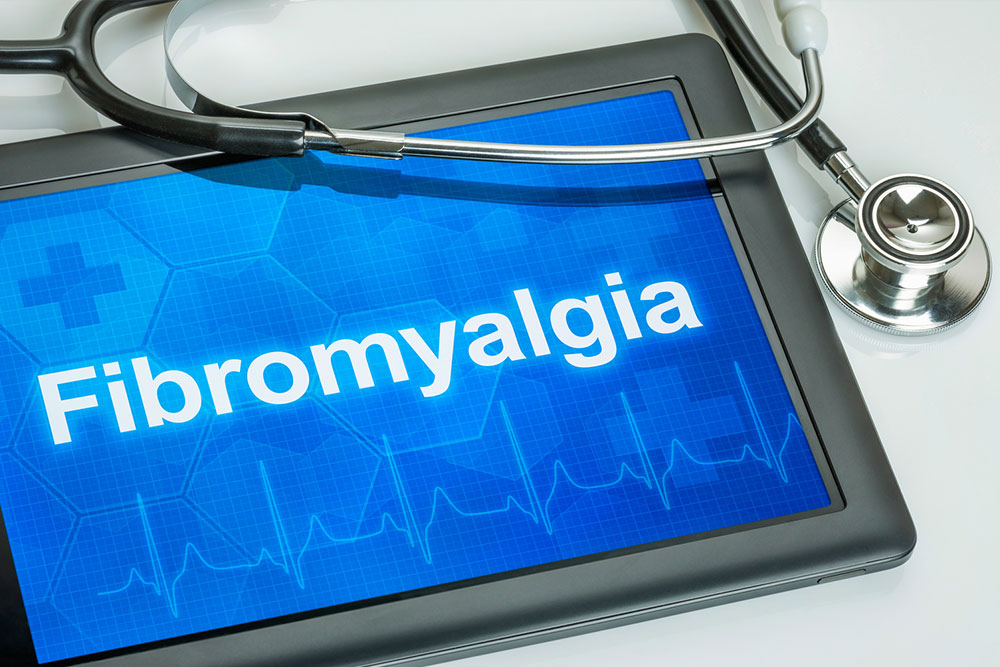Understanding the Key Tender Points in Fibromyalgia
Learn about fibromyalgia tender points and symptoms for early diagnosis and management. Recognizing key pain areas like the neck, shoulders, and knees helps in identifying fibromyalgia. Effective lifestyle changes and medical treatment can improve quality of life. Stay informed to seek timely care and prevent symptom progression.

Understanding the Key Tender Points in Fibromyalgia
Fibromyalgia ranks as one of the most prevalent musculoskeletal conditions affecting many individuals. Its primary symptoms include unexplained fatigue and intense joint pain. Often, those affected may not realize they have the disorder, as diagnosis is challenging due to the absence of a definitive test. While there is no cure, symptoms can be alleviated with proper treatment and lifestyle adjustments.
If you notice recurring pain, consult a healthcare professional promptly. Certain body areas known as fibromyalgia tender points become painful upon touch. These are distinct from trigger points, which also cause pain via pressure, but are not necessarily related to fibromyalgia.
Fibromyalgia tender points are specific regions where pressure results in pain, often signaling the presence of the condition. These points are commonly located on the head, neck, shoulders, hips, and knees. Recognizing these areas and symptoms is crucial, as persistent pain may suggest fibromyalgia, prompting doctors to prescribe appropriate therapies. Symptoms often include upper chest discomfort, neck pain, elbow pain, knee soreness, hip aches, and shoulder tenderness. Pain may fluctuate, intensifying or subsiding over time. Other medical conditions like polymyalgia can mimic these symptoms, but fibromyalgia pain tends to be more widespread and severe.
Historically, diagnosis involved pain in at least 11 of 18 tender points. Currently, widespread pain with additional symptoms is sufficient for diagnosis. Early detection allows for better management of symptoms and a more active, normal lifestyle. Recognizing other signs such as fatigue, concentration issues, anxiety, and depression is also important. Since symptoms differ among individuals, awareness is key for early intervention. Fibromyalgia predominantly affects women in their 20s and 30s. Managing stress, maintaining a healthy diet, regular exercise, and medication can significantly improve quality of life.
Note: Our articles aim to provide helpful and practical information across various health topics. While we strive for accuracy, readers should view the content as informational rather than definitive. Always consult healthcare professionals for diagnosis and treatment. We do not guarantee the latest updates or coverage of all available healthcare options.










